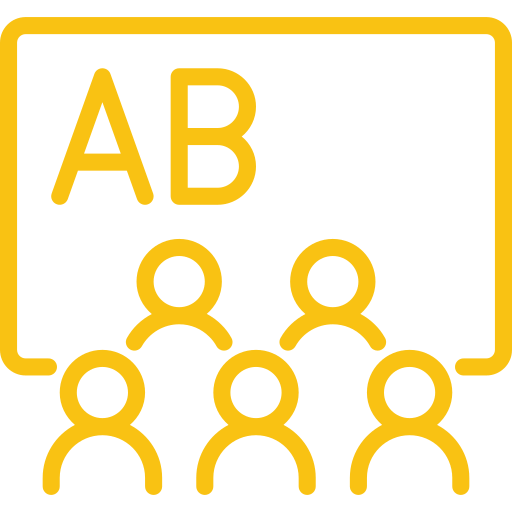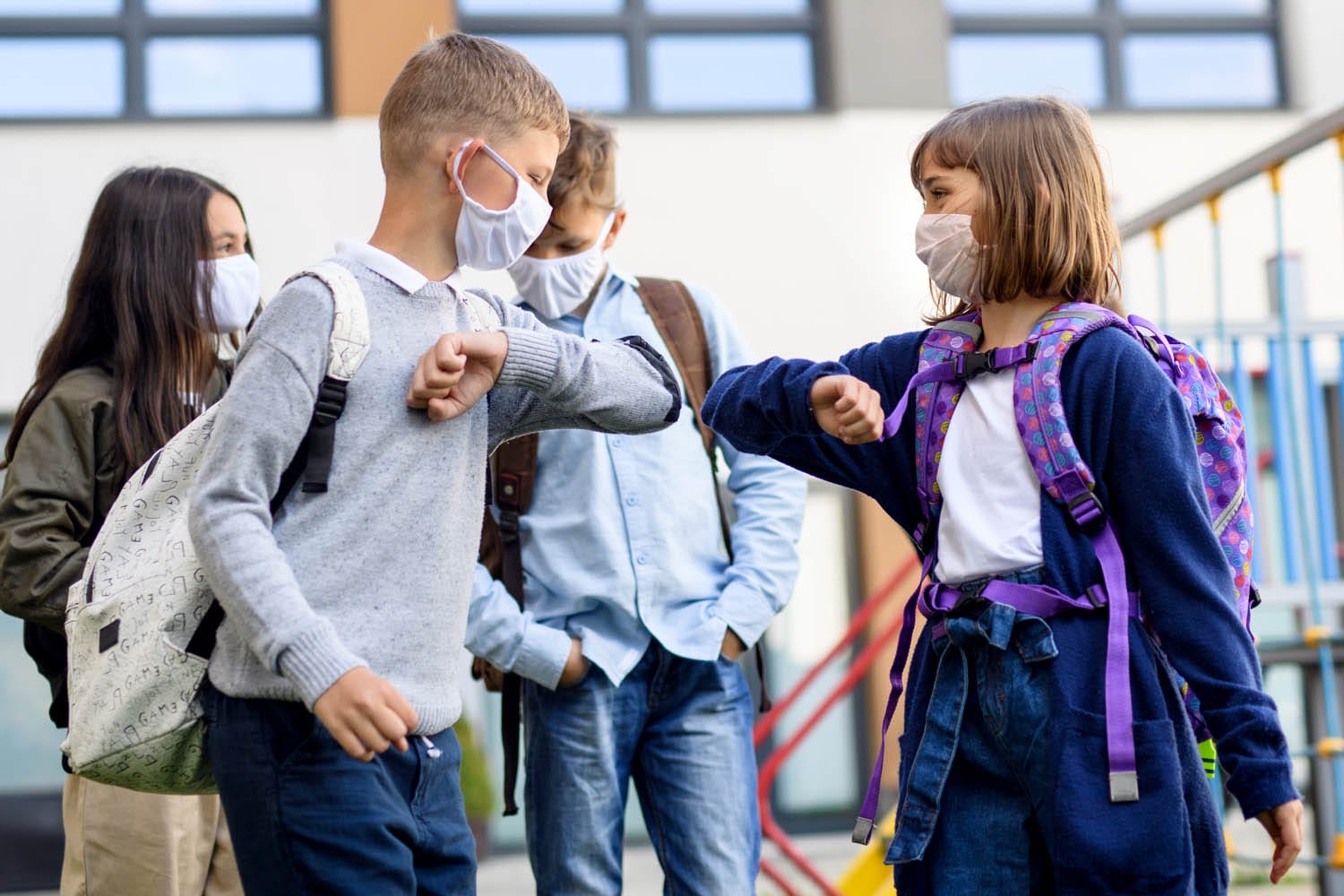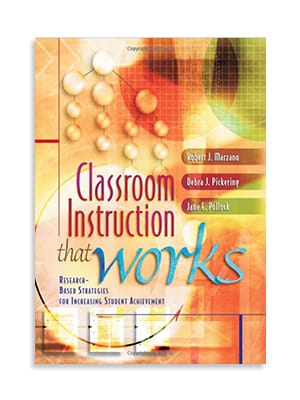Schools continue to face new challenges as a result of COVID-19, including new transitions between distance and in-person learning, the return of standardized testing, and a continued sense of uncertainty about the future. Even experienced educators can feel overwhelmed by all of these changes. This is why I was excited when my friend suggested I read the new book The Influential School Leader: Inspiring Teachers, Students, and Families Through Social and Organization Psychology. In it, authors Charles Murphy and John D’ Auria offer valuable tips to help educators manage big changes with less anxiety and better results. The power of Murphy and D’Auria’s work is their focus on the psychological needs of the community as they experience change, including the importance of fostering psychological safety, belonging, communication, and ingenuity.
Why Change is So Difficult
The authors believe that the inability to address complex problems (and manage big changes) is often the result of “spatial blindness,” i.e., the inability to see others’ points of view. Superintendents, principals, teachers, and parents often act on the assumption that every group shares the same information and the same experiences, but this simply isn’t true. If we truly want to work together to create and navigate change in our schools, we need to find ways to share and learn from our different perspectives. Let’s take a look at how to find success.
Creating and Embracing Change as a School Community
Murphy and D’Auria insist that most complex challenges should begin with small-group work that includes a balance of perspectives, specifically, representatives from each group within the school community:
The Four Perspective Schools Must Consider in Decision-MakingBased on Social and Organizational Psychology |
|||
| Teachers and Staff | Principal | Superintendent | Students and Families |
While it may seem overwhelming to approach a problem from all four perspectives, it is worth the effort. When leaders have a deeper understanding of issue, they will be better able to diagnose them and bring about lasting changes. For example, if school leaders fail to hear from parents, students, teachers and staff regarding what worked (and what didn’t) in distance learning, how can they make needed adjustments to prepare for future instruction? Understanding the problem is the first step in creating change. The next step involves creating the four conditions that enable any change or initiative to flourish.
The Four Conditions Needed for Complex Change |
|||
| Safety | Belonging | Communication | Ingenuity/ Experimentation |
The authors also believe that schools struggle to manage complex issues and change because they fail to fully recognize the psychological needs associated with change. Social and organizational psychology tells us (and the authors’ research proves) that members of any organization must feel safe, connected, respected, and supported in order to navigate big changes. While this may seem obvious on the surface, often schools (and school leaders) are so focused on the outcomes that they forget to support these important needs. Building psychological safety and belonging isn’t just “fluff” – school leaders must create these conditions to ensure successful transitions. Let’s take a look at each of these four conditions, below.
1. Safety: Groups simply can’t function without psychological safety. This sense of safety exists when people feel comfortable expressing and being themselves. More specifically, they feel comfortable sharing concerns and mistakes without fear of embarrassment or retribution. Our job as experienced teachers and leaders is to ensure every member of our community feels valued and heard. We can also use surveys, like the one below, to help us assess safety in our school.
Psychological Survey Questions for Teachers |
What Psychological Safety Looks Like in a School |
| If you make a mistake it is held against you.
Staff at this school are encouraged to discuss problems. It is safe to take a risk at this school. Educators embrace each other’s differences in this school. It is easy to ask others for help here. My unique skills and talents are valued. |
All staff share their voices during staff discussions.
Participation and engagement is diverse and balanced across departments. Feelings and emotions are part of staff meetings. Mistakes and failures are considered opportunities for learning and improvement. |
2. A sense of belonging fosters trust which in turn helps community members learn, experiment, and grow professionally. Staff feel they belong when they can answer in the affirmative to these questions: Am I valued here? Does my voice count? Do I have a future with these people?
- Leaders can assess staff belonging by observing for the following: What is the daily attendance rate for staff?• How often do we hear from all voices at a staff meeting?• What is the retention rate for staff?• How often do staff recruit others to work here?• What stories do staff tell about our work culture?
- Leaders should also reflect on their own efforts to increase belonging: Do I provide growth opportunities for staff that meet their needs?• Do I plan meetings that invite engagement, respect staff time, and seek staff perspective?• How do I support staff in growth and improvement?• What am I doing to ensure staff feel appreciated and connected so they will want to stay ?• What am I doing to recognize and encourage staff collegiality?
3. Open and honest communication is the third condition necessary for change. Without it, leaders make decisions based on limited data and a limited understanding of the challenges they face. Unfortunately, in many schools, teachers are afraid to share their opinions because they fear it will jeopardize their reputation, relationships, or job security. We improve communication in our school communities when we:
- Minimize the Nondiscussables: These are critical but “taboo” topics that teachers and staff are anxious or afraid to discuss openly (but often discuss privately with colleagues or friends). Common nondiscussables include the leadership style of principals, inconsistent treatment of teachers and staff, conflicts with teacher unions, and issues related to race. The authors believe that the healthiest schools bring these “taboo” subjects out in the open.
- Improve School Meetings: Each school meeting presents an opportunity to shape communication practices. Leaders must be willing to ask: How are meetings typically structured? Who develops the agenda? Do staff contribute freely(if not, what holds them back)? Do staff leave meetings feeling valued and heard?.
- Build beliefs that foster open communication: Affirm these beliefs among all staff: We all have information to share. People can disagree with us and still have pure motives. Each of us sees things that others do not. Differences are opportunities for learning (not disruptions). We may be contributing to a problem by staying silent or only voicing opinions to people who have no control in changing it.
4. The fourth and final condition necessary for change is encouraging experimentation. Encouraging experimentation is based on the belief that school improvement is like scientific inquiry: with each new lesson or unit, teachers make calculated changes to improve teaching and learning. Teachers are, in essence, “scientists of learning.” Our goal as teachers and leaders is to help every member of the community value this process of discovery. We can foster ingenuity by encouraging others to learn and try new strategies, gather and share best practices, and encourage teachers and students to learn from mistakes.
When leaders take the time to see problems through the above two lenses and establish the above four conditions for change, they are more likely to succeed in addressing problems and introducing new changes and initiatives to their schools and districts.

























